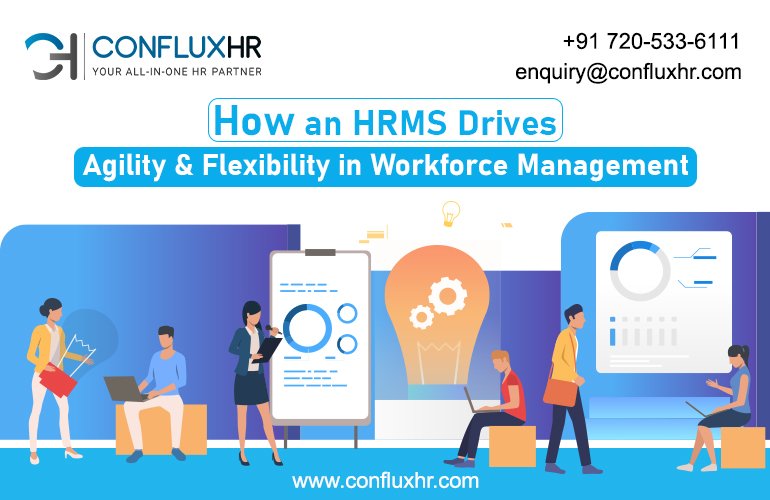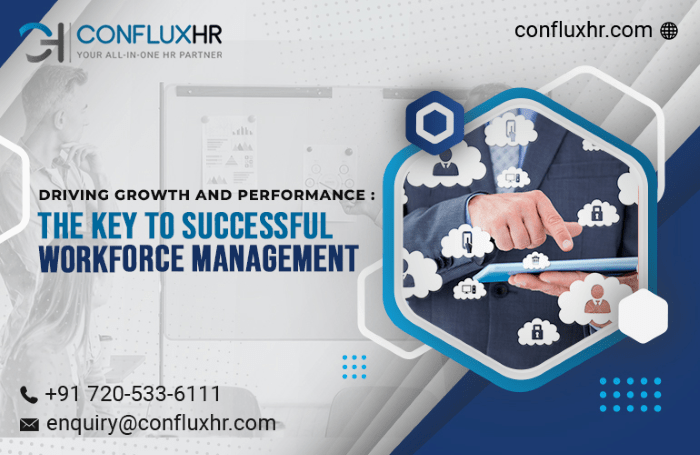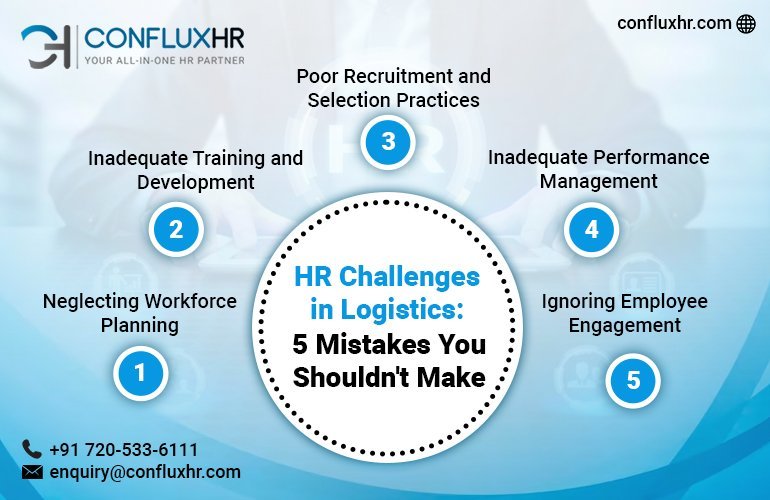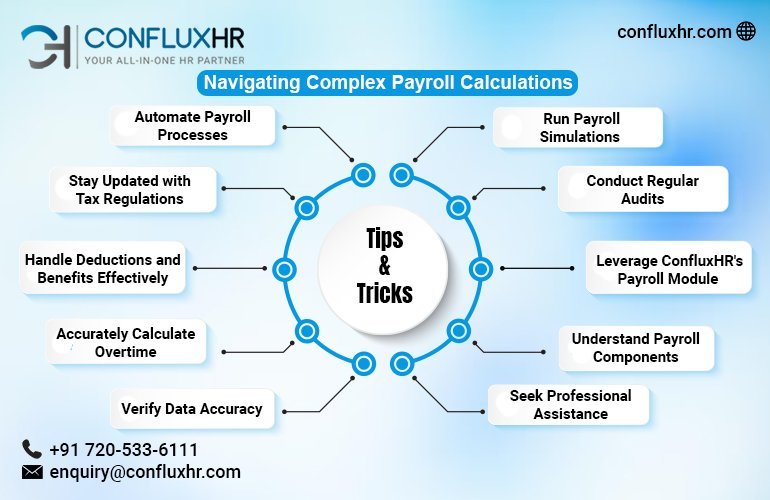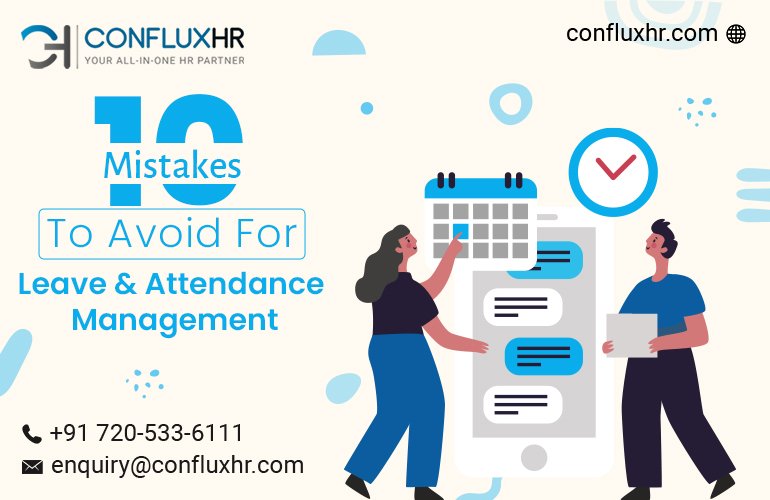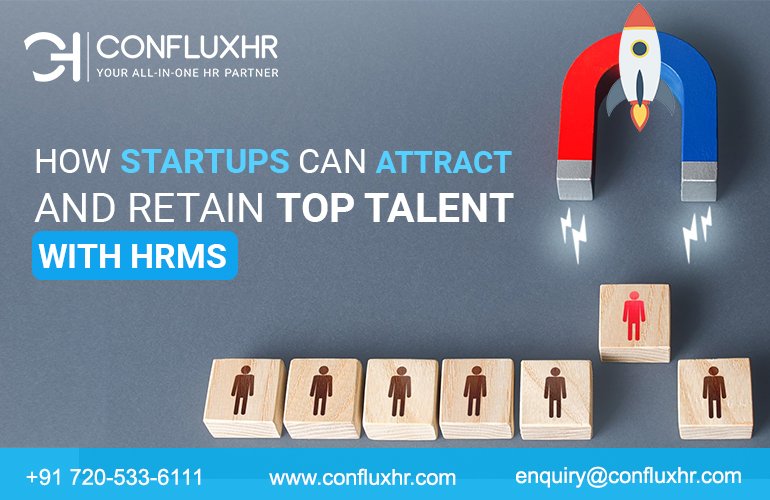In today’s dynamic business landscape, organizations recognize the importance of agility and flexibility in workforce management. As the traditional work environment evolves, embracing new technologies becomes crucial for optimizing HR processes.
The Human Resource Management System (HRMS) is one such technology revolutionizing workforce management. This blog will delve into the future of workforce management and explore how organizations can leverage an HRMS to embrace agility and flexibility.
The Shift Towards Agile Workforce Management
- Embracing Remote Work: With the rise of remote work, organizations need an HRMS that enables seamless collaboration, communication, and task management for distributed teams. An HRMS provides remote access to HR tools and resources, ensuring employees can perform their tasks efficiently regardless of location.
- Flexible Work Arrangements: The future of workforce management lies in offering flexible work arrangements. An HRMS allows organizations to implement flexible scheduling, including part-time work, job-sharing, and flexible hours, facilitating work-life balance and attracting top talent.
- Gig Economy Integration: As the gig economy grows, organizations can leverage an HRMS to manage freelancers, contractors, and temporary workers. The system streamlines onboarding, time tracking, and payment processes, ensuring seamless integration and efficient management of the extended workforce.
- Skills-Based Workforce: With evolving job roles, organizations must focus on skills rather than traditional job titles. An HRMS can help identify skill gaps, provide learning opportunities, and facilitate talent development, enabling organizations to build a future-ready workforce.
The Role of HRMS in Embracing Agility and Flexibility
- Integrated Workforce Data: An HRMS centralizes workforce data, providing real-time insights into employee information, performance, skills, and development needs. This data-driven approach enables organizations to make informed decisions and adapt quickly to changing business requirements.
- Automated Workforce Planning: An HRMS automates workforce planning processes, including demand forecasting, skills gap analysis, and succession planning. This automation ensures organizations have the right talent to meet future demands and supports strategic decision-making.
- Self-Service and Employee Empowerment: An HRMS offers self-service capabilities, empowering employees to manage their personal information, access HR policies, and request time off. This self-service functionality reduces the administrative burden on HR teams, enhances employee satisfaction, and promotes a culture of self-reliance.
- Mobile Accessibility: With an increasing workforce, mobile accessibility in an HRMS is crucial. Employees can access HR tools and resources on the go, facilitating seamless collaboration and enhancing productivity.
- Analytics and Reporting: An HRMS provides advanced analytics and reporting capabilities, enabling organizations to monitor key HR metrics, track workforce performance, and identify trends. These insights help drive data-based decision-making and support long-term workforce planning.
Embracing the Future of Workforce Management with an HRMS
- Implementing an HRMS Strategy: Organizations should develop a comprehensive HRMS strategy aligned with their business goals and objectives. This strategy should consider the organization’s unique needs, challenges, and future workforce requirements.
- User Adoption and Training: Successful implementation of an HRMS requires proper user adoption and training. Organizations should provide comprehensive training to ensure employees understand the system’s functionalities and benefits, promoting a smooth transition and maximizing the system’s potential.
- Data Security and Privacy: Data security and privacy should be prioritized when implementing an HRMS. Organizations should implement robust security measures, data encryption, and compliance with relevant regulations to protect sensitive employee information.
- Continuous Improvement and Integration: As technology evolves, organizations should continually assess their HRMS and explore opportunities for improvement. Integration with other systems, such as payroll, performance management, and learning management, ensures seamless data flow and efficient HR processes.
Conclusion
The future of workforce management lies in embracing agility and flexibility. An HRMS empowers organizations to adapt to changing workforce dynamics, streamline HR processes, and make data-driven decisions. Organizations can stay ahead in the evolving workforce management landscape by implementing an HRMS strategy, focusing on user adoption, ensuring data security, and fostering continuous improvement. Embrace the future of workforce management with an HRMS and unlock the potential of an agile and flexible workforce.


